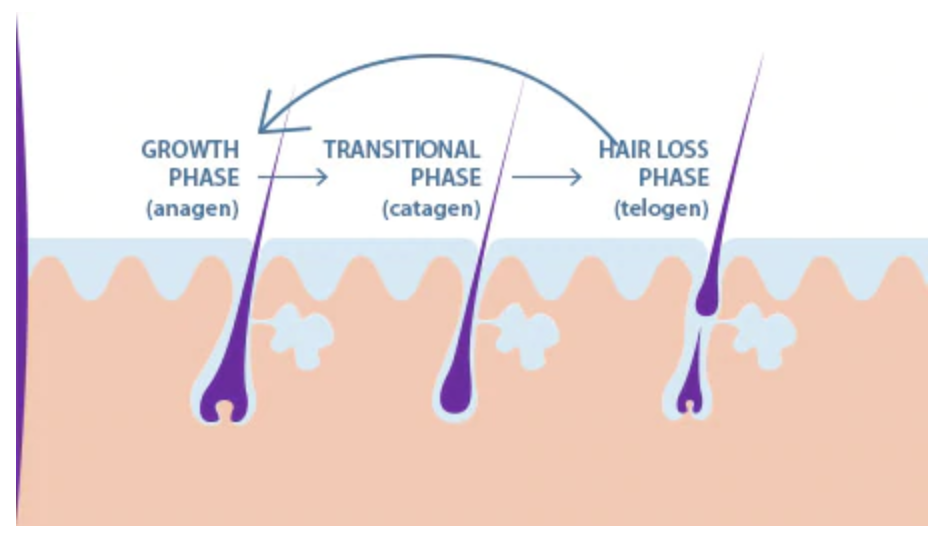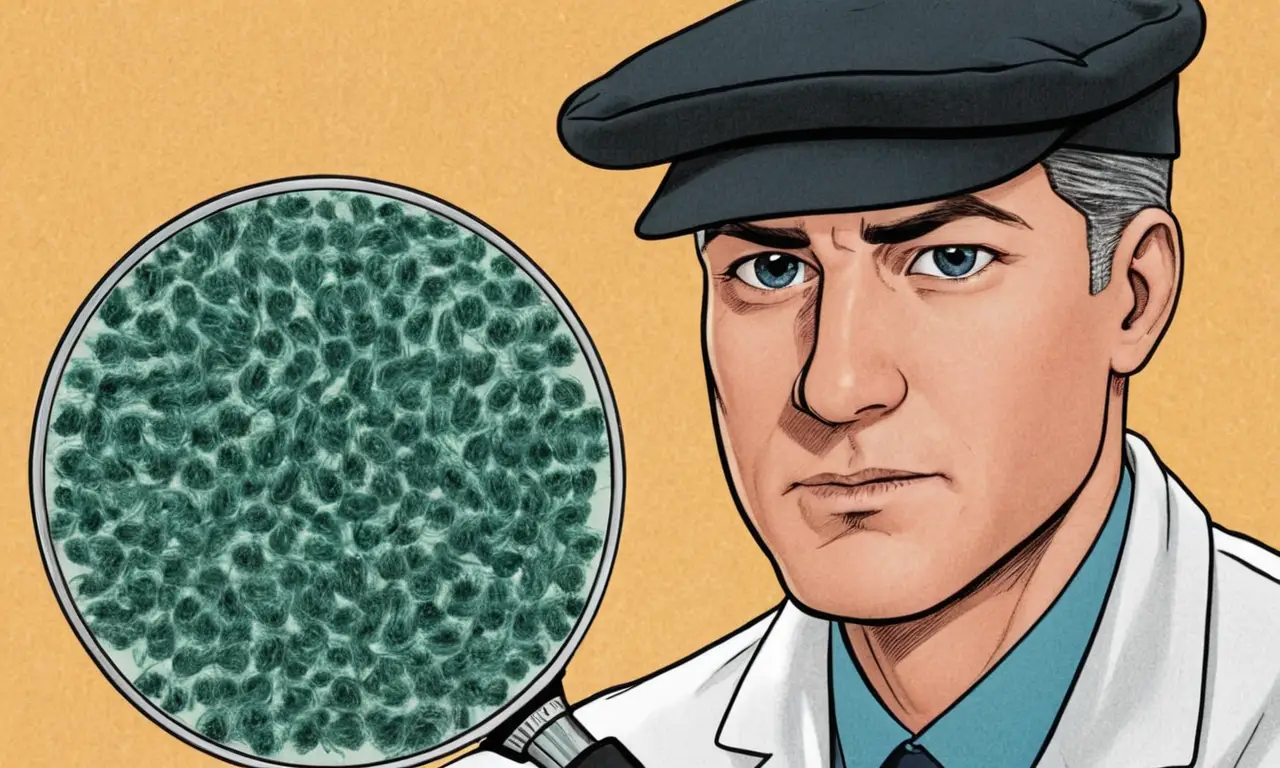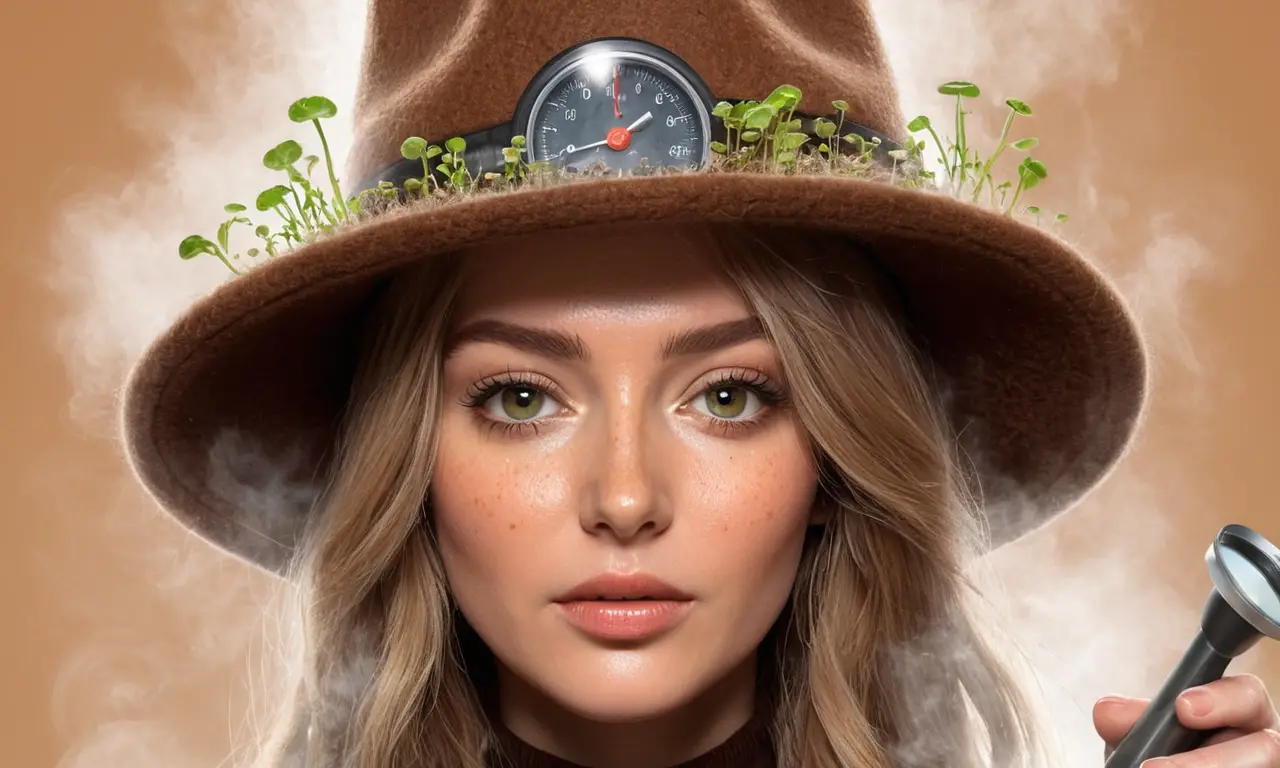
Many people wonder if wearing hats can have an impact on their hair growth. Some believe that constantly covering their heads can lead to slower or even stunted hair growth. While it’s true that hats can create a different environment on the scalp, the truth about does wearing a hat slow hair growth is more nuanced than a simple yes or no answer. This article will delve into the science behind hair growth and explore the potential effects of hats on your locks. We’ll examine factors like genetics, hormones, and the impact of tight-fitting hats to provide you with a comprehensive understanding of this common concern.
This article will first address the direct link between hat wearing and hair growth. Then, we’ll explore the various factors that influence hair growth, including genetics, hormones, and overall health. We’ll also discuss traction alopecia, a type of hair loss sometimes associated with tight-fitting hats. Finally, we’ll examine the effects of heat and moisture trapped by hats on the scalp and hair follicles.
Does Wearing a Hat Affect Hair Growth?
The short answer is no, wearing a hat does not directly slow down hair growth. Hair growth is primarily determined by factors within your body, such as genetics, hormones, and overall health. While hats can create a slightly warmer environment on the scalp due to heat and moisture retention, this doesn’t have a significant impact on the hair follicles responsible for growth.
Think of it like this: your hair follicles are deep within your scalp, protected by layers of skin. A hat simply sits on top of your head, creating a barrier that can trap some warmth and moisture. This change in temperature or humidity doesn’t reach the hair follicles themselves to affect their function.
Factors Influencing Hair Growth

Several factors play a crucial role in determining how fast and how much hair you grow.
- Genetics: Your genes are the blueprint for your hair, influencing its thickness, color, texture, and growth rate. If your family members tend to have thick, long hair, chances are you’ll inherit similar traits.
- Hormones: Hormones like testosterone and dihydrotestosterone (DHT) play a significant role in hair growth cycles. Imbalances in these hormones can lead to hair loss or thinning.
Nutrition: A healthy diet rich in protein, vitamins, and minerals is essential for optimal hair growth. Deficiencies in certain nutrients can weaken hair strands and slow down growth.
Overall Health: Underlying health conditions like thyroid disorders, autoimmune diseases, or stress can also affect hair growth patterns.
Traction Alopecia and Hats
While hats themselves don’t directly cause hair loss, tight-fitting hats can contribute to a condition called traction alopecia. This type of hair loss occurs when constant pulling on the hair weakens the follicles, eventually leading to thinning or even complete hair loss in the affected areas.
Traction alopecia is more common with hairstyles that involve tight braids, ponytails, or extensions, but it can also be caused by hats that are too snug or worn for extended periods. If you experience any signs of traction alopecia, such as hair breakage, thinning, or scalp irritation, it’s important to consult a dermatologist.
Preventing Traction Alopecia
To minimize the risk of traction alopecia from hats:
- Choose hats that fit comfortably and don’t pull tightly on your hair.
- Avoid wearing tight-fitting hats for extended periods.
- Be gentle when removing hats to prevent pulling or tugging on your hair.
Heat and Moisture Trapped by Hats

Hats can create a warmer and more humid environment on the scalp compared to an uncovered head. While this doesn’t directly affect hair growth, it can have some indirect effects.
For example, increased heat and moisture can promote the growth of bacteria and fungi on the scalp, potentially leading to dandruff or other skin conditions. It’s important to keep your scalp clean and dry by washing your hair regularly and choosing breathable hat materials.
Hair Follicles and Growth
Hair follicles are tiny pockets within the skin that produce hair strands. Each follicle has a growth cycle consisting of three phases: anagen (growth), catagen (transition), and telogen (resting).
During the anagen phase, which can last for several years, hair grows rapidly. As the follicle enters the catagen phase, growth slows down and eventually stops. Finally, in the telogen phase, the old hair shaft is shed, making way for a new hair to grow from the same follicle.
The length of each phase varies depending on individual genetics and other factors.
Conclusion
While some people believe that wearing hats can slow down hair growth, there’s no scientific evidence to support this claim. Hair growth is primarily determined by internal factors like genetics, hormones, and overall health. While hats can create a warmer environment on the scalp, this doesn’t directly affect the hair follicles responsible for growth.
However, it’s important to choose hats that fit comfortably and avoid wearing tight-fitting hats for extended periods to prevent traction alopecia. By understanding the factors influencing hair growth and taking care of your scalp health, you can enjoy healthy and vibrant hair regardless of whether or not you wear a hat.
